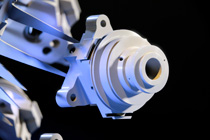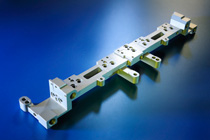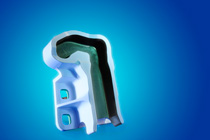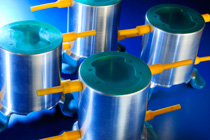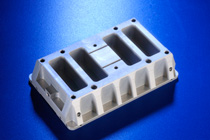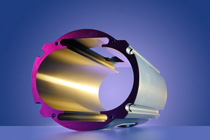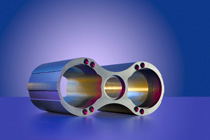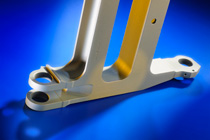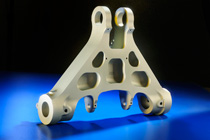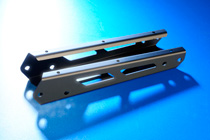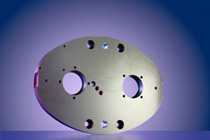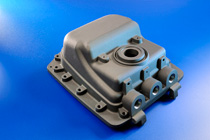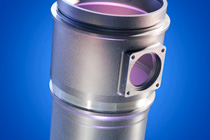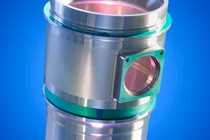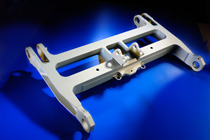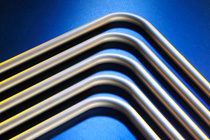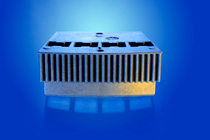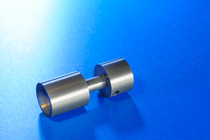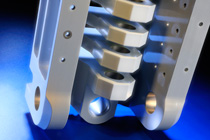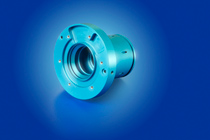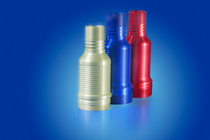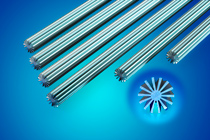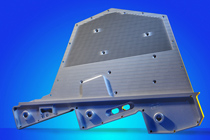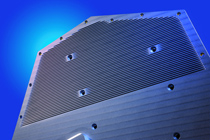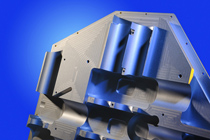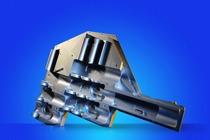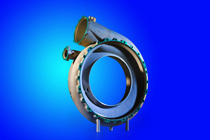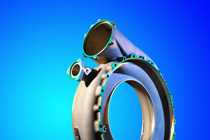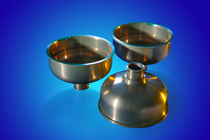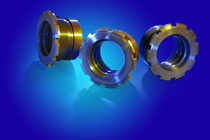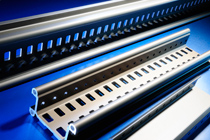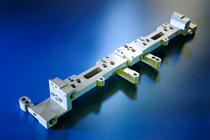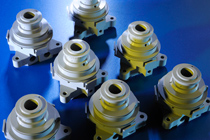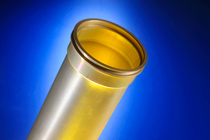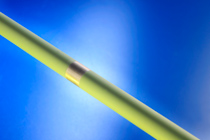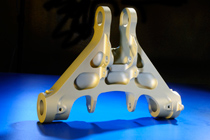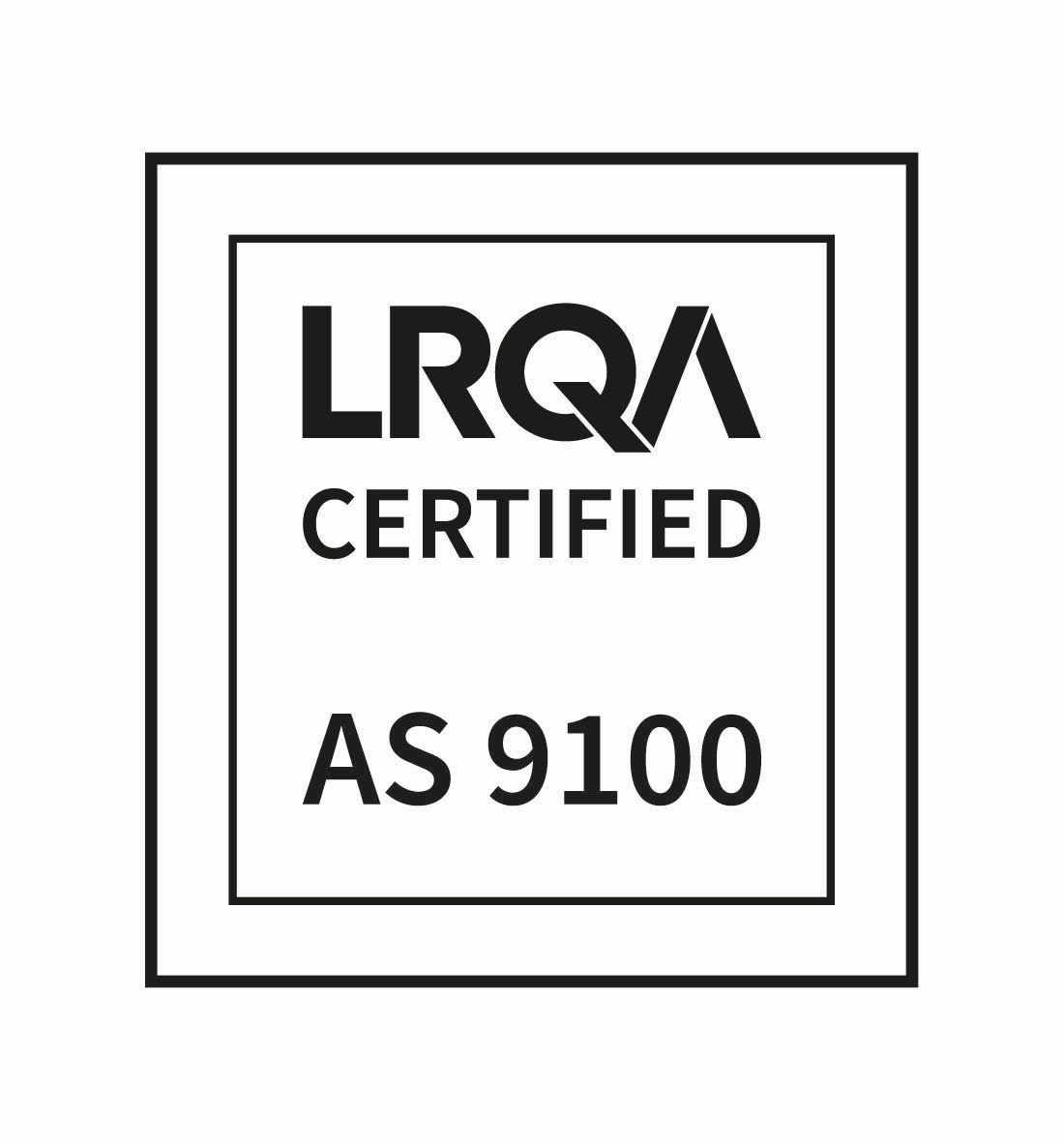After-treatments
Sealing
Anodised layers on aluminium have a porous structure. When chemical- and/or corrosion-resistance are of primary importance, the anodised layer must be sealed. Among other things, this involves transformation of the aluminium oxide layer to an aluminium hydroxide complex that seals the pores. The sealing process, in addition to the anodising, therefore determines the quality of the anodised layer, because:
- The corrosion resistance is improved by sealing the pores.
- Adhesion of contaminants is prevented .
- Dyes are prevented from washing out of the pores.
Type II coatings (in accordance with MIL-A-8625) are sealed as standard, barring further specification. Type III coatings are normally not sealed, because this sealing has a negative impact on the abrasion resistance of the coating.
The sealing can be carried out in the following mediums:
- Demineralised water
- Steam sealing
- Sodium dichromate, with which optimum corrosion resistance is achieved by means of the strong oxidative chromate incorporated in the coating. The coating develops a colour that ranges from light to dark green depending on film thickness and type of coating.
- Nickel acetate
Green version duplex G
This is a proprietary treatment developed to minimise the chromium-6 content. This is a replacement for the chromium-6 treatments. This treatment involves a two-stage sealing process in which products are resealed.

"Annodiseur"





